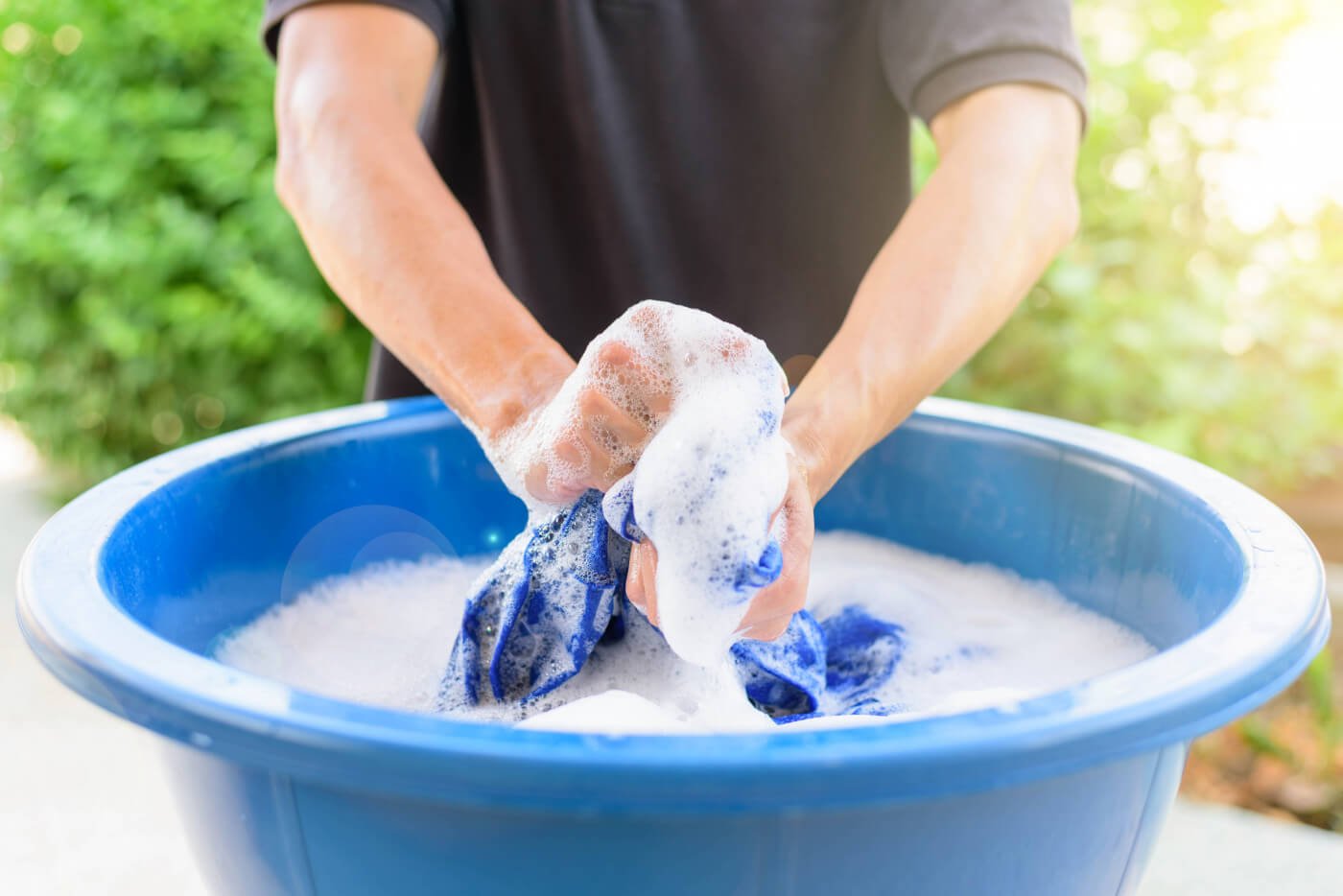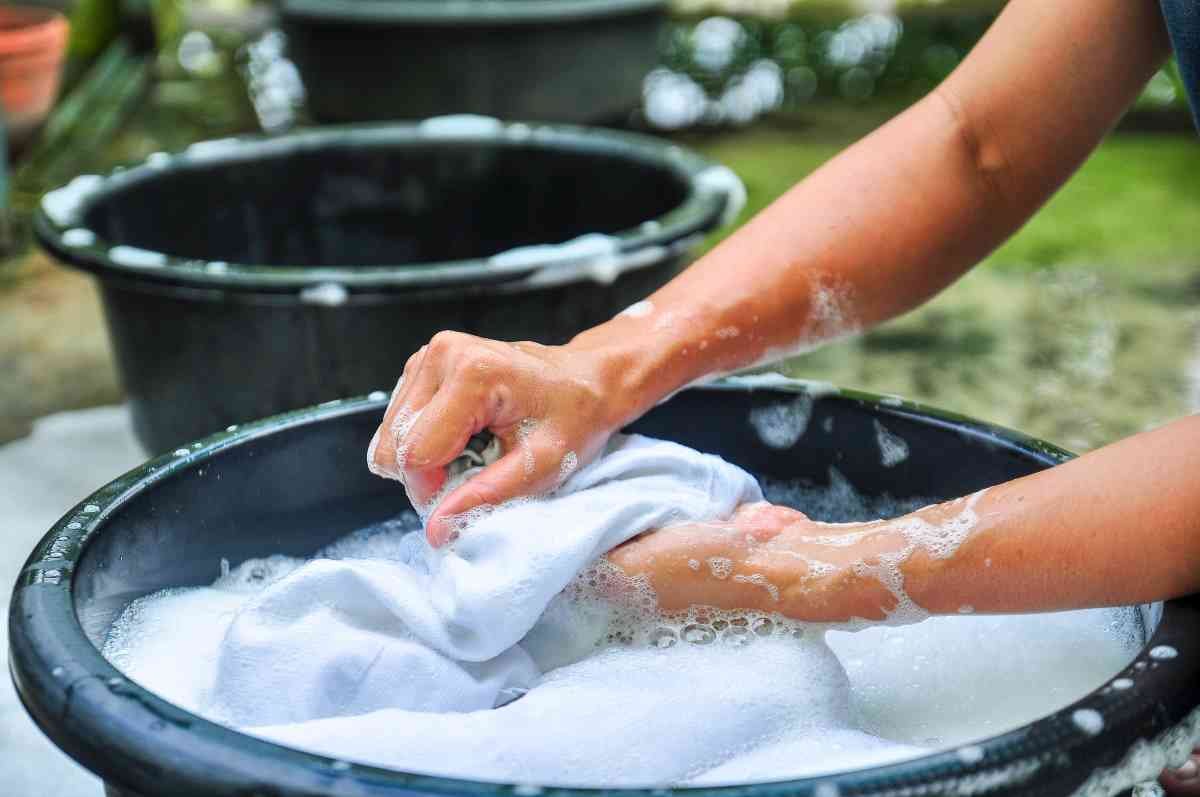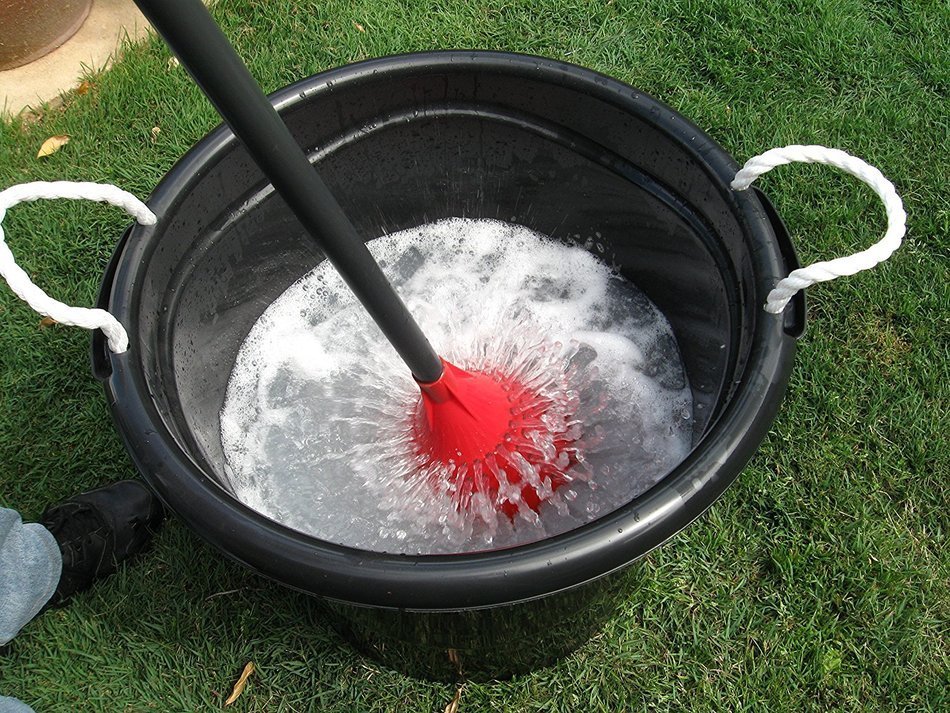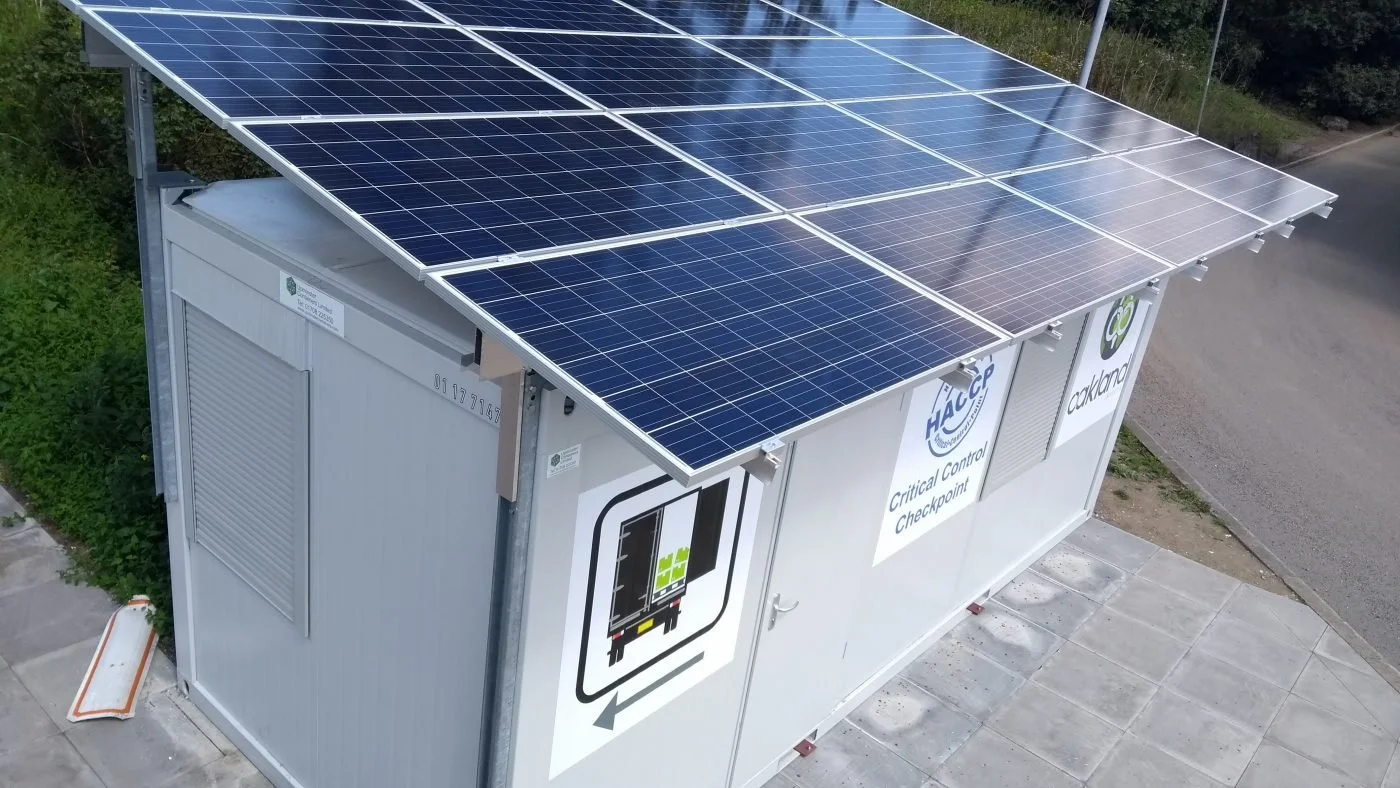How To Wash Clothes Without Electricity
Discover > Off Grid Living > How To Wash Clothes Without Electricity
Our modern lifestyle is so intricately woven around the use of electricity that we can barely imagine life without it. We rely on electricity for almost everything – cooking, cleaning, entertainment, communication, and even doing the laundry. But what would happen if the power went off for an extended period, or we didn't have access to electricity altogether?
In such a scenario, knowing how to wash clothes without electricity becomes crucial. It's a skill that our ancestors mastered, and one that we should learn too. In this article, we'll show you how to do laundry without power and some tips to make the process easier.
Hand-Washing Clothes
In this modern world, we rely heavily on electricity to carry out various tasks. However, there are times when we may not have access to electricity, yet we still need to get things done. For example, washing clothes, a task that we do almost every day, can be done in the absence of electricity.
Preparing the Clothes
Before you start washing your clothes, make sure you sort them by color and fabric type. Darker clothes should be washed separately from lighter ones, and delicate fabrics such as silk or wool should be handled with care. Next, remove any stains from the clothes by pre-treating them with a stain remover or detergent. Finally, soak the clothes in a bucket of water for about 10 minutes before starting the wash.
Choosing the Right Soap
There are numerous types of soap available in the market, but not all are suitable for use in hand-washing clothes. Ideally, you should choose a soap that is gentle on clothes, yet effective in removing dirt and stains. You can opt for a traditional bar of soap, liquid detergent, or even make your own soap using natural ingredients such as baking soda (how long does baking soda last?), vinegar, and essential oils.
Agitating the Clothes
The next step is to get to work on washing the clothes. Fill a clean bucket or basin with water, then add the soap and mix well. One item at a time, scrub the clothes against the surface of the water, making sure to clean all areas thoroughly. You can use a scrub brush or your hands to agitate the fabric, but be gentle with delicate fabrics. Continue scrubbing until all the dirt and stains are removed from the clothes.
Rinsing the Clothes
Once you have finished washing the clothes, it's time to rinse them to remove any soap residue. Fill another bucket or basin with clean water, then transfer the clothes from the wash bucket to the rinse bucket. Swish the clothes around in the water, ensuring that all the soap is removed. Repeat this process until the water runs clear, indicating that the clothes are free of soap.
Drying the Clothes
After rinsing, it's time to dry the clothes. Do not wring the clothes, as this can damage the fabric. Instead, gently squeeze the excess water from the clothes, then lay them flat on a clean surface or hang them up to air-dry. Avoid hanging delicate fabrics on a clothesline, as this can cause stretching and distortion.
Hand-washing clothes is an excellent skill to have, especially in situations where electricity is not available. It’s an effective means of cleaning clothes while also being cost-effective, eco-friendly, and easy.
Plunger Washing
Do you have any plans for washing clothes that don't involve electricity? Maybe you're venturing into the wild where electricity is non-existent, or maybe you're trying to save on energy costs. Whatever the case may be, plunger washing could be the solution to your laundry problem. Yes, you read that right; the plunger can become a practical tool for cleaning clothes without relying on electricity.
Step One
First and foremost, you need to make sure you have the right tools. You need a large plastic bin that can fit your clothes, water, and soap. You'll also need a toilet plunger, preferably new or clean. Begin by filling the bin with warm water, then add detergent or soap. Depending on how much laundry you have, you can add more water, but be careful not to overfill the bin.
Step Two
Next, put your clothes in the bin, making sure to evenly distribute them. Using your plunger, start plunging the clothes up and down for at least ten minutes. You can also side-to-side plunge to make sure every part of the clothes is well-swished. After the ten minutes, take out the clothes and empty the water from the bin.
Step Three
Once the water is drained, it's time to rinse the clothes. Fill the bin again with clean water, and put the clothes back in. Use your plunger to swoosh the clothes around, then drain the water and repeat until there's no soap residue left. Lastly, wring the clothes out and hang them to dry.
It's essential to note that plunger washing works best for lightweight clothes and fabrics such as underwear, t-shirts, and shorts. For denser materials like denim and blankets, consider hand-washing or machine washing if available. If you're still unsure of whether to try plunger washing, you can also invest in a hand-crank or foot-pedal washing machine. These tools require manual labor to operate and work similar to the plunger washing technique.
Washing clothes using a plunger may seem unconventional, but it's an excellent and eco-friendly option to get your laundry clean without power. It's easy to execute and requires minimal tools, making it a practical solution for those looking for alternatives to electric washing. With these simple steps, you can have clean clothes in no time, even without electricity.
The Bucket and Rope Method
Laundry is a never-ending task, and it becomes even more daunting when you have no access to electricity. You may be experiencing power outages or attempting off-grid living, but all hope is not lost because there is a way to wash your clothes without using electricity. The solution lies in using the good old-fashioned bucket and rope method. This method has been around for centuries, and it's still an effective way to wash clothes efficiently and eco-friendly.
Prepare Your Clothes
Before you begin washing your clothes, make sure that you sort them according to the color and material. This ensures that you do not mix different fabrics and end up with dyed clothes. If you are washing heavily soiled clothes, consider pre-soaking them in water before placing them in the bucket. This helps in loosening up the dirt, making it easier to wash.
Get the Bucket and Rope
The next step is to get a large bucket and a strong, sturdy rope. The size of the bucket will be determined by the amount of laundry you have. The rope should be long enough to tie around a strong tree branch or a post.
Place the Clothes in the Bucket
Add your clothes to the bucket and fill it with water, making sure that the water level is above the clothes. Add soap to the water, using whatever laundry detergent you have on hand. Use your hands to agitate the clothes, making sure they are fully submerged in the soapy water.
Use the Rope to Agitate the Clothes
When washing clothes using the bucket and rope method, the rope is your washing machine. Tie one end of the rope around the bucket's handle and the other end around a tree branch or post, making sure it's strong enough to hold the weight of the wet clothes. Now, lift the bucket and start slamming it down on a flat surface repeatedly. Repeat this process for about 10-15 minutes, making sure to lift and slam it at different angles. This technique helps to agitate the clothes and remove any dirt and grime.
Rinse and Hang
After agitating the clothes, it's time to rinse them thoroughly to remove any lingering soap. Fill another bucket with clean water and use it to rinse the clothes. Repeat this process until there's no soap left in the water. Once the clothes have been rinsed, hang them on the line to dry.
Solar Washing Machine
What is a Solar Washing Machine?
A solar washing machine is a portable washing device that uses solar energy to operate. It is an eco-friendly alternative to traditional electric washing machines that requires less energy, water, and electricity. Solar washing machines can be carried anywhere and can be used in rural and remote areas where electricity is not available. They are a perfect solution for camping, boating, and outdoor adventures.
How Does It Work?
A solar washing machine works by using the sun’s energy to heat up the water in the drum. The water is then mixed with detergent and clothes and agitated manually by turning a crank. This process can be repeated multiple times depending on how dirty your clothes are. Once the washing process is complete, the dirty water is drained out, and clean water is added to rinse the clothes.
How to Use a Solar Washing Machine?
Using a solar washing machine is easy. Firstly, fill the drum with water and add detergent. Place your clothes inside the drum and close the lid tightly. Place the solar washing machine in direct sunlight or on a flat surface where it will receive optimum sunlight. Turn the crank to agitate the clothes for about five minutes. After five minutes, open the drum and remove the dirty water. Add clean water to rinse the clothes and repeat the process a few times. Finally, remove your clothes and hang them to dry.
Advantages of Solar Washing Machines
A solar washing machine has several advantages over traditional electric washing machines. Firstly, they are environmentally friendly and emit no carbon footprint. Secondly, they do not consume electricity, which makes them cheaper in the long run. Thirdly, they are usually portable and lightweight and can be used anywhere, even on outdoor adventures.
Conclusion
In conclusion, washing clothes without electricity is an essential skill that everyone should know. Whether you're trying to save money, reduce your carbon footprint, or want to be prepared for power outages, these methods will help you do just that. You can even use a combination of these methods to make the process more comfortable and faster. With a bit of practice, you'll be able to do laundry anywhere, anytime, without relying on electricity. So, go ahead and give it a try!
#clothes clean #mop bucket #washing soda #clothes line #off grid washing machine #laundry soap #off grid washing machines #grid laundry #hand powered washing machine #wonder washer






